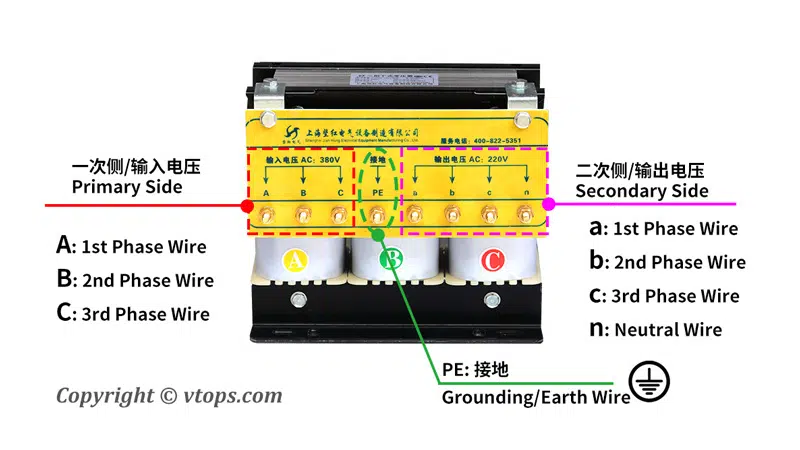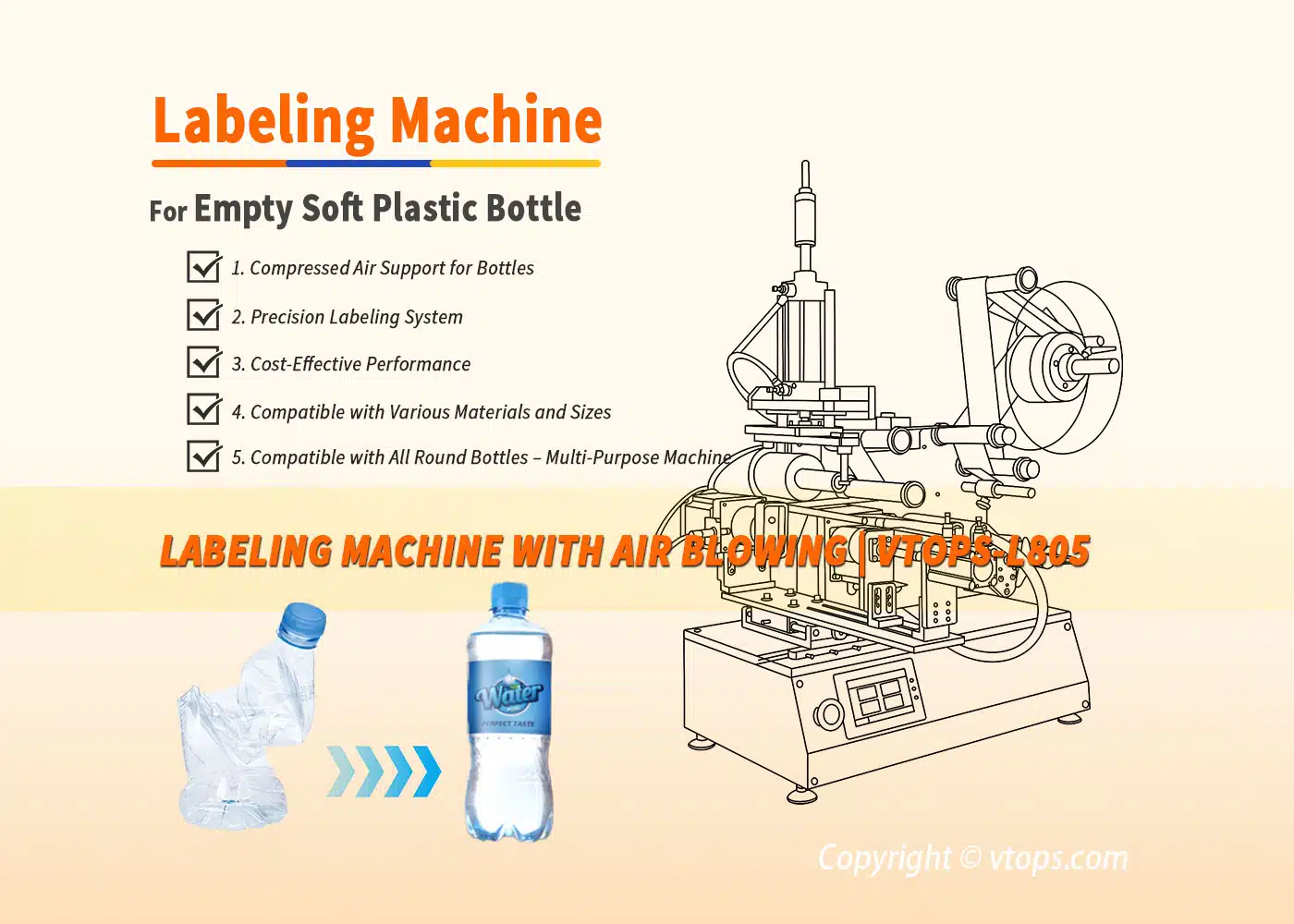How to Install and Wire An Electrical Voltage Transformer Made In China

Primary Side
The input side of a transformer is called the Primary Side. The primary side should be connected to the power supply.
Secondary Side
The output side of a transformer is called the secondary side. It is where the electrical power is sent to the load (machine). You can also simply understand that the secondary side is the side where the machine is connected.Ground Wire
A “grounding” wire is a safety wire that has intentionally been connected to the earth. The grounding wire does not carry electricity under normal circuit operations. Its purpose is to carry electrical current only under short circuits or other conditions that would be potentially dangerous. Grounding wires serve as an alternate path for the current to flow back to the source, rather than go through anyone touching a dangerous appliance or electrical box.
Autotransformer vs Isolation Transformer
What is an Isolation Transformer?
An isolation transformer is an electrical transformer with a primary and secondary coil winding. These windings are separated by insulation. This insulation limits the risk of electrocution when the active parts and earth are touched simultaneously.Common Applications
- Computers and peripherals
- Medical Equipment
- Remote control equipment
- Telecommunication equipment
What is an Autotransformer?
An autotransformer is an electrical transformer with only one winding. The term “auto” refers to a single coil acting alone, not to any kind of automatic mechanism. In an autotransformer, portions of the same winding act as both the primary and secondary sides of the transformer.
Common Applications for an Autotransformer
- Boost at end of long transmission line to compensate for line losses
- Reduced starter voltage for an induction motor
- To enable rectifier output control, multi-tap feeding the primary
- Fluorescent light fixture start-up
Advantages
How to Choose the Right One
Higher safety standards and high quality transformers are certainly worth the higher price, and of course all products have to meet your needs.
Extended Reading
What is An Electrical Voltage Transformer
A transformer is a passive component that transfers electrical energy from one electrical circuit to another or multiple circuits. A varying current in any coil of the transformer produces a varying magnetic flux in the transformer’s core, which induces a varying electromotive force across any coils wound around the same core. Electrical energy is available transferring between separate curls without a metallic (conductive) connection between the two circuits.
Transformers are using to change AC voltage levels, such as step-up (or step-down) type to increase (or decrease) voltage levels. Transformers can also provide galvanic isolation between circuits and a couple of stages of signal-processing circuits. [From Wikipedia]



3 thoughts on “How to Install and Wire An Electrical Voltage Transformer (Dry-type)”
The excellent website you have here.
It’s difficult to find excellent writing like yours these days.
I honestly appreciate people like you! Take care!!
Regarding the autotransformer and isolation transformer, which one is better? What should small business owners pay attention to when buying a transformer?
Thank you for sharing a wonderful explanation regarding the differences between the Primary Side, Secondary Side, and Ground Wire for safety purposes.